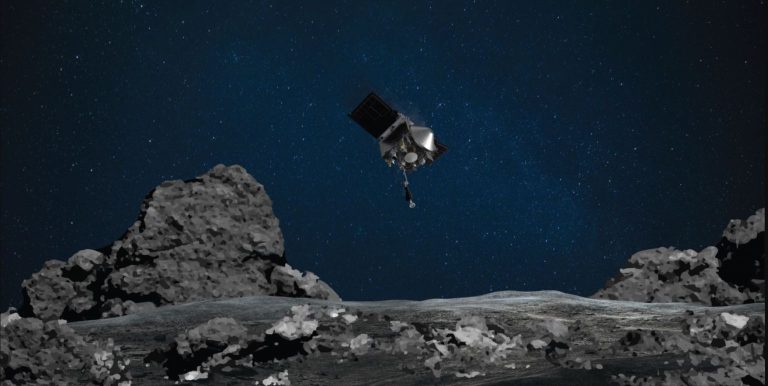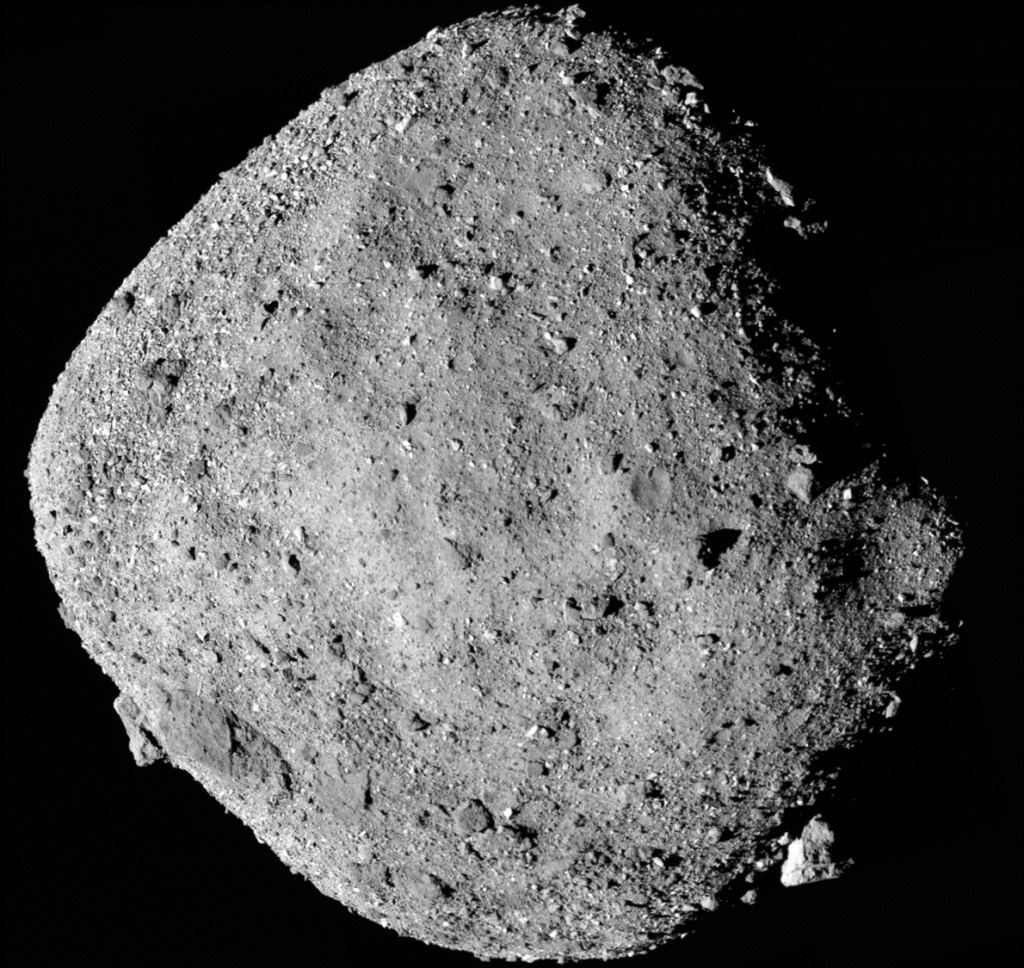LUCA: The Ancient Single Ancestor That Unites All Life on Earth
LUCA, the Last Universal Common Ancestor, is the earliest known life form from which all living organisms on Earth have descended. Recent studies push LUCA’s origin back to about 4.2 billion years ago, showing that even the simplest life forms had complex features like early immune systems, and that life began much sooner than previously thought.
Summary:
- LUCA stands for Last Universal Common Ancestor, the root of all life.
- Studies now suggest LUCA may have lived 4.2 billion years ago, just 400 million years after Earth formed.
- LUCA was a simple prokaryote but had an early immune system to fight viruses.
- Genetic comparisons across species help scientists date LUCA’s existence by counting mutations.
- LUCA likely thrived in harsh conditions during Earth’s Hadean Eon.
- The organism played a key role in shaping early ecosystems by providing nutrients to other microbes.
- Research on LUCA deepens our understanding of evolution and the origins of life.
- Studies are published in journals like Nature Ecology & Evolution and highlighted by institutions such as the University of Bristol.
- Understanding LUCA helps scientists explore how life evolved from simple organisms to the diverse species we see today.
- LUCA’s existence is a cornerstone for studying genetic history, as all cells share a common genetic code.
- The research shows that early life forms were active in changing their environment.
- LUCA’s study connects modern biology to the very origins of life on Earth.

Introduction
LUCA, the Last Universal Common Ancestor, is a term used to describe the single common ancestor from which all life on Earth has evolved. This ancient microbe is believed to be the starting point of life, a simple organism that lived over 4 billion years ago. Recent studies suggest that LUCA may have appeared as early as 4.2 billion years ago, which is only 400 million years after our planet formed. This discovery helps us understand not only the age of life on Earth but also the early challenges that life had to overcome.
Scientists have long been interested in tracing the roots of life. By comparing the genes of different organisms, they can estimate how long ago these organisms shared a common ancestor. LUCA’s story is important because it gives us clues about the early environment of Earth and how life began under extreme conditions.
The Origin of LUCA
LUCA is thought to have been a simple, single-celled organism. Despite its simplicity, LUCA may have already possessed some features we associate with modern life. For example, research indicates that LUCA might have had a basic immune system, helping it to fight off early viruses. This suggests that even the first forms of life were engaged in a kind of evolutionary arms race with the microbes and viruses around them.
LUCA lived during the Hadean Eon, a time when Earth was a very harsh place with extreme temperatures and a volatile atmosphere. Life had to start and survive in these difficult conditions. The fact that LUCA managed to do this and eventually gave rise to the vast diversity of life we see today is a testament to the resilience of living systems.
Below is a table that shows key events in early Earth history related to LUCA:
| Event | Timeline | Description |
|---|---|---|
| Formation of Earth | ~4.6 billion years ago | Earth forms from the solar nebula. |
| Emergence of LUCA | ~4.2 billion years ago | LUCA appears, only 400 million years after Earth’s birth. |
| Early Microbial Life | ~4.0 billion years ago | Simple life forms start to thrive in harsh conditions. |
| Cambrian Explosion | ~530 million years ago | Rapid evolution of complex life. |
The Research Behind LUCA
Scientists use a method called molecular clock dating to estimate the age of LUCA. This involves comparing genetic material from different living organisms and calculating the number of mutations that have accumulated over time. The more mutations there are, the longer the time since the organisms diverged from a common ancestor. This method has now pushed back LUCA’s origin by hundreds of millions of years.
A recent study, published in Nature Ecology & Evolution, shows that LUCA may have lived in a very harsh environment. The researchers suggest that LUCA was not an isolated organism; instead, it lived among many other microbes that recycled each other’s waste. This early recycling of nutrients helped create a primitive ecosystem where different species coexisted and evolved together.
How Scientists Study LUCA
Studying an organism that lived billions of years ago is not easy. Scientists rely on genetic data and the fossil record to piece together LUCA’s story. One of the main tools is the analysis of the genetic code that is shared among all living organisms. Since LUCA is the common ancestor, many of the basic building blocks of life are the same in bacteria, archaea, and eukaryotes.
The following table shows some of the shared features of modern cells that hint at their common origin:
| Feature | Modern Example | Connection to LUCA |
|---|---|---|
| Genetic Code | Universal among all organisms | LUCA likely had a similar genetic code. |
| Protein Synthesis | Ribosomes in all cells | LUCA had machinery to make proteins. |
| Energy Currency (ATP) | Used by all cells | LUCA used ATP to store and use energy. |
| Chirality of Amino Acids | Only 20 amino acids in proteins | LUCA’s proteins had a similar set of amino acids. |
These shared traits support the idea that all life on Earth comes from a single common ancestor. By studying these features, scientists can learn more about LUCA and the early steps in the evolution of life.
The Characteristics of LUCA
Even though LUCA was simple compared to modern cells, it likely had several features that helped it survive in a hostile environment. Research shows that LUCA might have had a basic immune system. This early defense mechanism would have been crucial in a time when viruses and other harmful agents were common.
LUCA was probably a prokaryote, meaning it did not have a nucleus or other complex organelles found in modern cells. Its structure was simple, but it was effective for its time. The basic tools for life, such as the ability to produce energy and synthesize proteins, were already in place.
Moreover, LUCA may have contributed to a primitive ecosystem. Its waste products could have served as food for other early microbes, creating a network of recycling that allowed life to flourish. This interaction among different species helped set the stage for the evolution of more complex life forms later on.
LUCA and Early Life on Earth
LUCA’s emergence marks the beginning of biological history on our planet. It is the foundation upon which all life is built. The study of LUCA helps scientists understand how life started and how it has changed over billions of years.
The evolution of life from a single-celled organism like LUCA to the complex forms we see today is a long and fascinating journey. This journey includes many important events such as the rise of photosynthesis, the development of cellular structures, and the eventual appearance of multicellular life.
LUCA played a key role in this process by introducing basic biological mechanisms that were later refined and diversified. Every living cell today carries a piece of LUCA’s legacy in its DNA, linking all life together in a remarkable chain of evolution.
The Importance of LUCA
Understanding LUCA is not just about looking back in time; it has important implications for the future. By learning how life began, scientists can better understand the potential for life on other planets. The basic principles that allowed LUCA to survive in harsh conditions might also apply to life on other worlds.
Research on LUCA can also inform modern biology and medicine. The study of ancient immune systems, for example, could lead to new insights into how our bodies fight off disease. By comparing ancient life forms with modern organisms, scientists hope to uncover new strategies for dealing with viruses and other pathogens.

Challenges and Future Research
Despite many advances, there is still much to learn about LUCA and the origins of life. One challenge is the limited fossil record from such early periods. Most evidence about LUCA comes from genetic data, and while this information is valuable, it does not tell the whole story.
Future research will need to combine genetic studies with other scientific methods to paint a clearer picture of early life. Advances in technology and new discoveries in extreme environments on Earth may also provide clues about how life started. As scientists continue to study LUCA, they hope to answer questions like:
- What were the exact conditions that allowed LUCA to survive?
- How did LUCA’s basic features evolve into the complex systems seen in modern cells?
- Could similar processes lead to life on other planets?
These questions are at the heart of evolutionary biology and will drive research for many years to come.
Fun Facts
- LUCA is not a single species but a hypothetical organism that represents the common features shared by all life.
- The genetic code in every living cell today hints at LUCA’s existence.
- LUCA might have had a primitive immune system to fight off early viruses.
- The study of LUCA helps bridge the gap between chemistry and biology.
- Every living thing on Earth, from tiny bacteria to giant blue whales, carries a legacy that traces back to LUCA.




